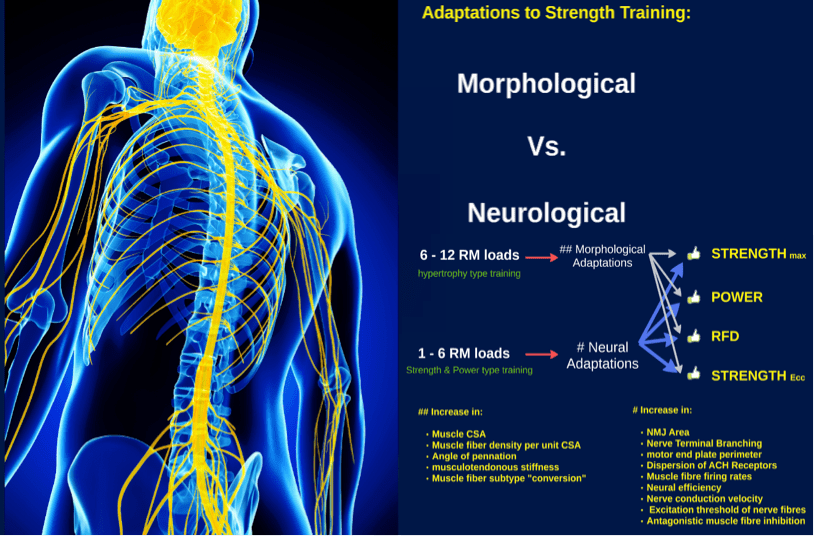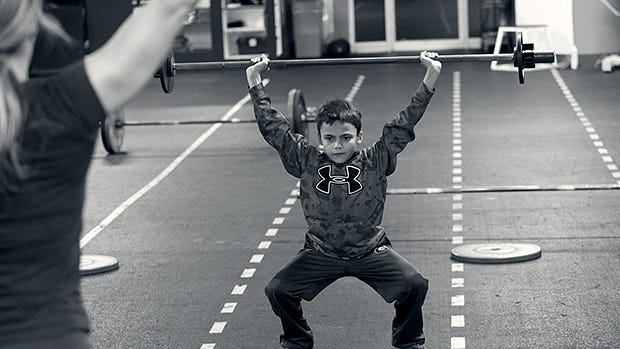
Neurological adaptations drive strength gains in preadolescent resistance training. Although children can improve strength and force development, limitations within their own physiology does exist. I would like to review these limitations, and explore solutions to circumvent them.

Resistance training in children is accompanied by several physiological adaptations such as improved maximal oxygen uptake, body composition, blood lipid profiles and motor performance skills (Faigenbaum et al., 1996). The question, however, is how long do these changes remain if cessation of training occurs?

Detraining might be defined as a temporary or permanent reduction of a training stimulus that results in a loss of physiological adaptations and performance (Faigenbaum et al., 1996). Faigenbaum et al. (1996) conducted an 8-week study to evaluate both strength gains and losses from resistance training and detraining, respectively. An experimental group of 15 boys and girls (11 boys and 4 girls) and a control group of 9 boys and girls (3 boys and 6 girls) were used to test these adaptations and losses. Ages ranged between 7-12 for both groups. Tests included strength, flexibility and vertical jump.

After 8 weeks of training, strength gains in the 6-repetition maximum (RM) leg extension and 6RM chest press increased markedly in the experimental group. Changes were 53.5% and 41.1% from baseline values, respectively. The control group had modest gains of 6.4% and 9.5%, respectively (Faigenbaum et al., 1996). Flexibility for the experimental group improved by 2.9cm on the sit-and-reach test. The control group improved flexibility by only 0.4cm. However, changes in vertical jump for both groups were insignificant (Faigenbaum et al., 1996). Having established quantifiable improvements in strength and flexibility outcomes in preadolescents, how quickly will these gains last if there is a detraining period?

Faigenbaum et al. (1996) noted that strength gains are lost at a faster rate than adults during the detraining period of 8 weeks. For example the 6RM leg extension and 6RM chest press saw losses of -28.1% and -19.3%, respectively, during the first 4 weeks (Faigenbaum et al., 1996). This suggests that strength gains and subsequent losses are transient and reversible. Faigenbaum et al. (1996) also report that decreasing training frequencies from 3 times per week down to 1 session per week does not maintain strength gains in children, even though this approach works in adult populations, if appropriate intensity is maintained. These findings, then, should encourage us to question development of maintenance programs for children. We should also question the appropriate weekly training frequency to maintain gains both during the competitive and non-competitive seasons. Faigenbaum et al. (1996) note that more research has to be done in this area.
Research shows that strength improvements in children can be ascertained, however, gains are transient in nature. Thus, program design variables such as training frequency and intensity should be considered unique and separate from recommendations prescribed to adult populations.
References
Faigenbaum, A. D., Westcott, W. L., Micheli, L. J., Outerbridge, A. R., Long, C. J., LaRosa-Loud, R., & Zaichkowsky, L. D., (1996). The effects of strength training and detraining on children. Journal of Strength and Conditioning,10(2), 109-114.
-Michael McIsaac
